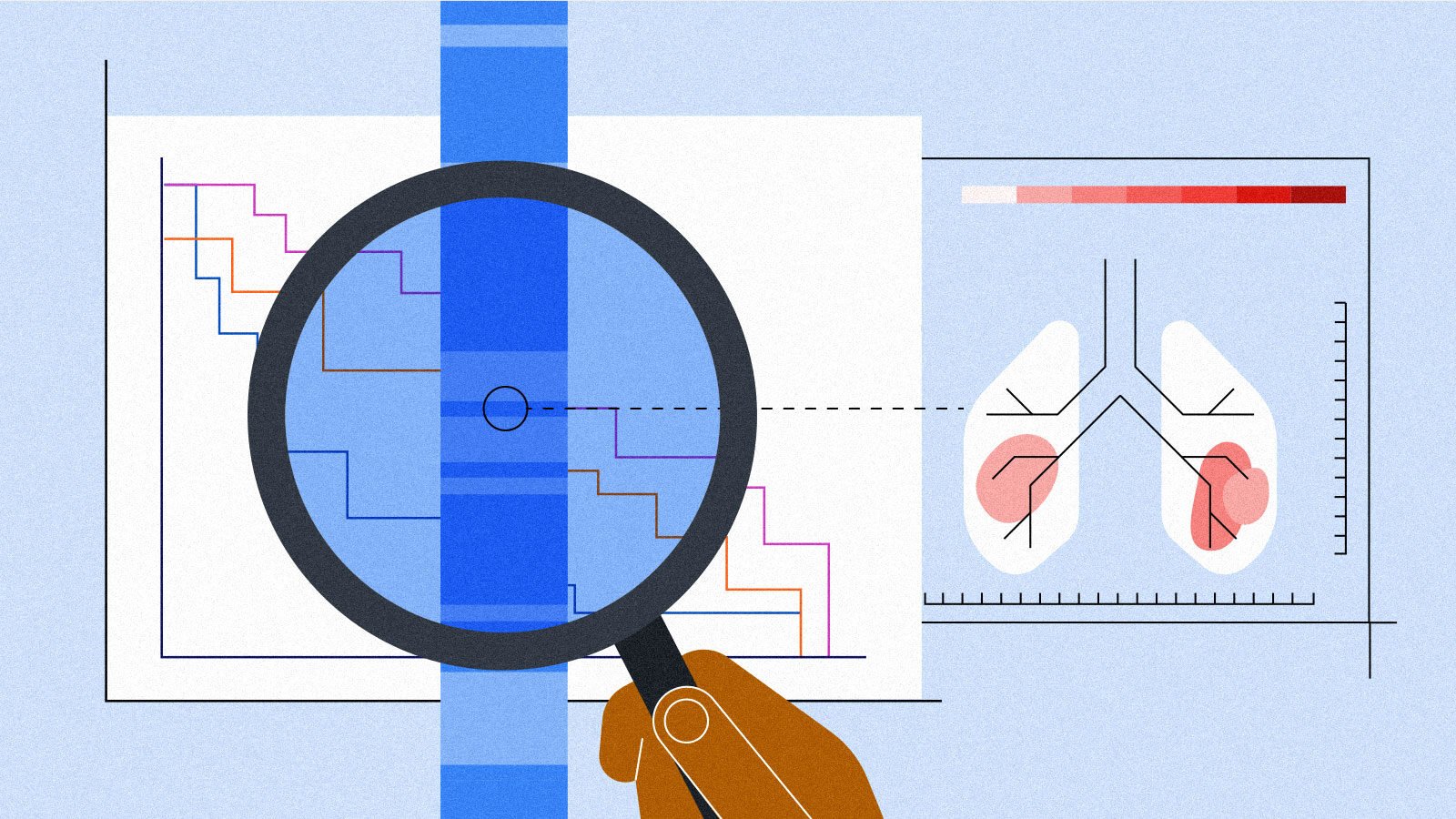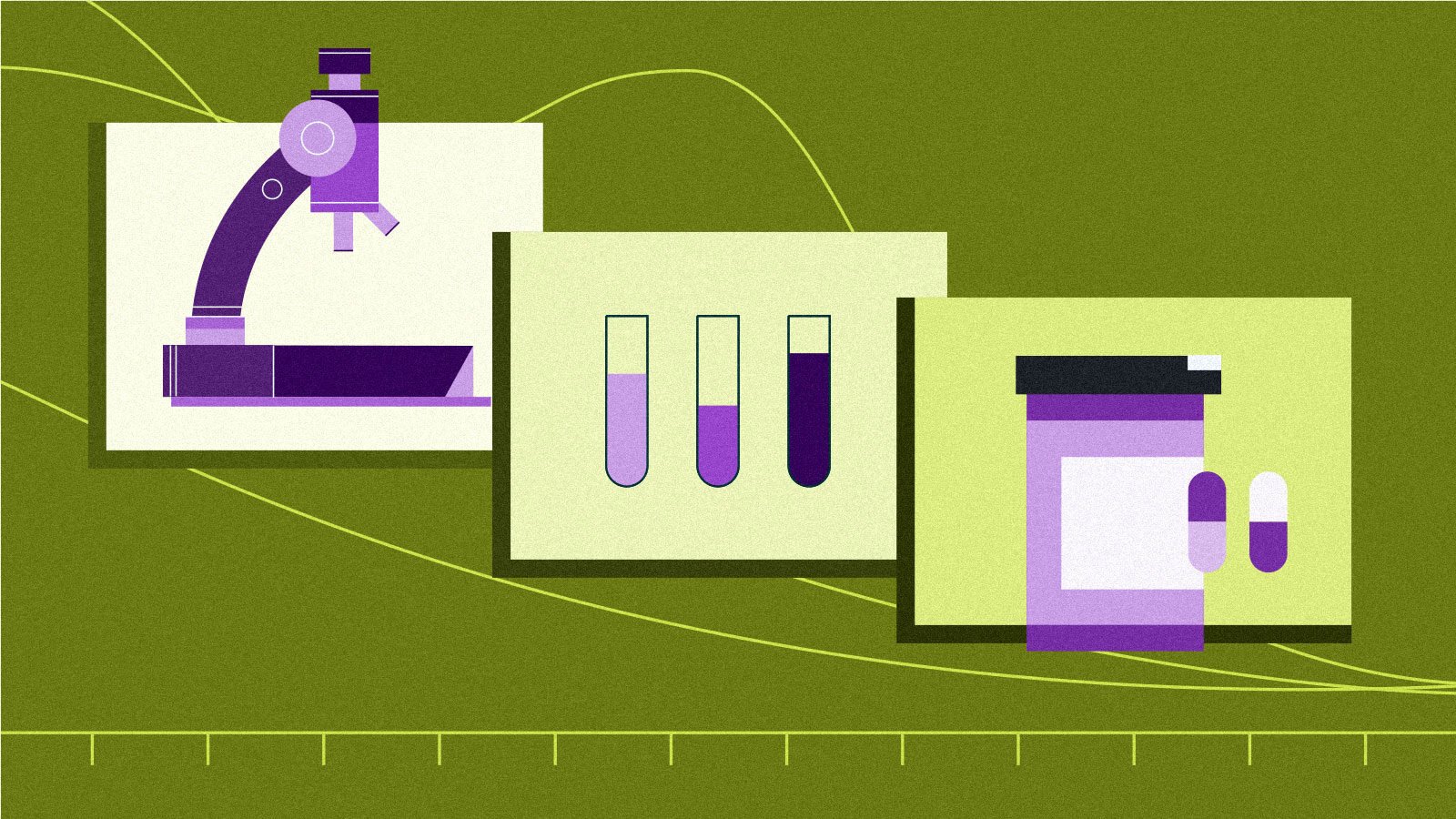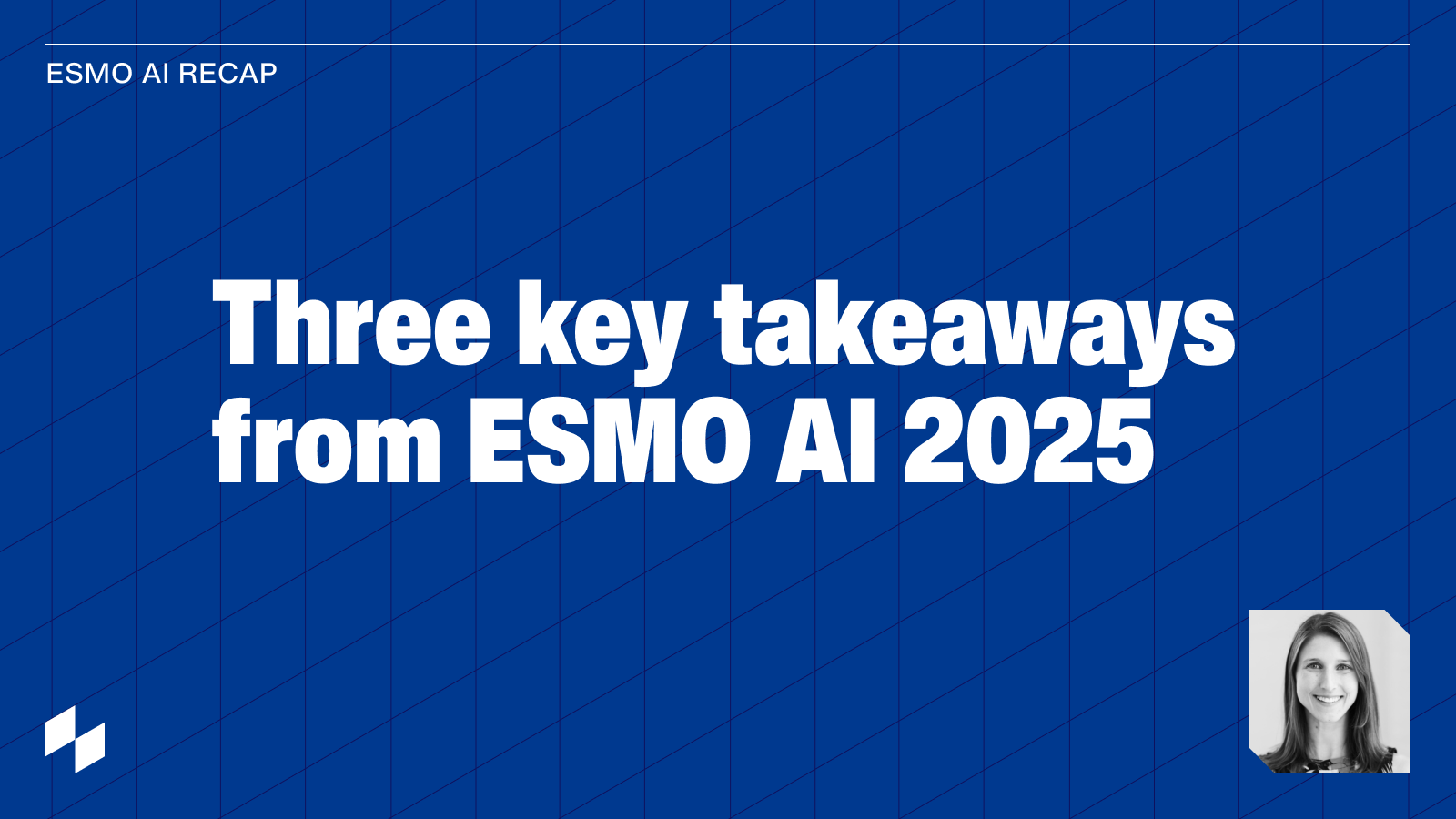Over the past two decades, non-small cell lung cancer (NSCLC) research has made enormous strides due to advances in our understanding of tumor biology. Since the seminal discovery of the epidermal growth factor receptor (EGFR) as a therapeutic target in 2004, the research community has continued to make enormous progress in precision medicine and the molecular characterization of lung cancer. Clinicians now have over 30 targeted therapeutic indications (and counting) to support patients with personalized treatments options that are more effective and less toxic than chemotherapy. These advances in precision medicine have led to improvements in population-level mortality for patients with NSCLC in the United States.
While all of this progress is extremely encouraging for patients, the fast-changing oncology landscape is also raising many new questions on how to prioritize development and determine the best course of action at every stage of disease. While clinical trials remain the gold standard for cancer research, they can take a long time to execute, and face unique challenges in precision medicine where the target patient cohort is often rare, and the standard of care is rapidly changing. Real-world clinico-genomic data (RWD) has become an invaluable asset to support and accelerate those trials — and to provide actionable insights when trial data is unavailable to inform treatment decision-making and patient care.
In this article, we’re highlighting two recent case studies that illustrate the critical role that RWD can play in filling important knowledge gaps, supporting clinical development, and answering pragmatic, real world questions for patients with advanced non-small cell lung cancer (aNSCLC).
RWD benefits from giant leap in biomarker testing
Lung cancer is the leading cause of cancer mortality around the world today. According to the International Agency for Research on Cancer, lung cancer was responsible for 2.5 million new cases in 2022, and 1.8 million deaths. In the U.S., the American Cancer Society estimates that lung cancer will account for 234,580 new cases and 125,070 deaths in 2024 — representing 12% of all new cancer cases in the country and 20% of all cancer-related deaths.
These figures are staggering, but with that type of scale comes the opportunity to collect vast amounts of real-world clinical and biomarker testing data. This data can be curated from electronic health records via human abstraction or machine learning.
Real world molecular data on lung cancer has increased significantly over the past decade. In a recent study examining trends in real-world biomarker testing, researchers found that PD-L1 and genomic aberration testing rates for patients initiating first-line aNSCLC treatment jumped from 33% in 2016 to 81% in 2018. By 2021, approximately 90% of patients had at least one of the six major aNSCLC biomarkers tested before first-line treatment (i.e., PD-L1, ALK, EGFR, ROS1, BRAF, KRAS) and 60% had all six biomarkers tested.
Due to this rise in testing, we now have a wealth of data related to aNSCLC therapies in real-world settings. Here are two case studies that show the type of impact that RWD can have on lung cancer research.
Case study #1
Understanding how patients with EGFR exon 20 insertion mutations respond to immune checkpoint inhibitors
Exon 20 insertion mutations (ex20ins) are rare mutations that are insensitive to most EGFR tyrosine kinase inhibitors (TKIs). Little is known about the outcomes of patients with EGFR ex20ins treated with immune checkpoint inhibitors (ICIs) as patients with EGFR mutations are typically excluded from large immunotherapy-based NSCLC trials.
A real-world retrospective study was conducted in 2022 using the Flatiron Health research database to compare clinical outcomes in patients with EGFR ex20ins and wildtype NSCLC (wt-NSCLC) treated with ICI therapy. Of 67,281 patients with aNSCLC in the Flatiron database, 192 with EGFR ex20ins NSCLC and 16,786 with wild type (wt)-NSCLC were included in the study. Treatment patterns were found to be similar across the two cohorts, generally starting with platinum-based (non-ICI) regimens as first line (1L) treatments and ICIs as second line (2L) therapies.
For the primary endpoint of real-world time-to-next-treatment (rwTTNT) associated with the initial ICI line, the median was 3.7 months (95% CI, 3.0-4.9) for the EGFR ex20ins group and 5.8 months (95% CI, 5.6-6.0) for the wt-NSCLC group. Patients with EGFR ex20ins NSCLC had a 58% increased risk of shorter rwTTNT compared to patients with wt-NSCLC, and at the 12-month mark, only 10% of patients with EGFR ex20ins NSCLC remained on ICI therapy compared to 31% among patients with wt-NSCLC. No meaningful difference in real-world overall survival (rwOS) was observed between the two groups.
With first-line combination ICI-chemotherapy becoming more widely used in NSCLC, further analysis was performed to compare how the two groups in the study benefited from that regimen, and no meaningful differences were observed in rwOS or rwTTNT.
This study highlighted an unmet medical need by demonstrating that, while ICI therapy has been transformative for patients with EGFR-wt aNSCLC, it provides substantially less benefit for patients with EGFR ex20ins mutations, in line with what we currently expect for patients with common EGFR mutations like exon 19 deletions and L858R substitutions.
Case study #2
Supporting the accelerated approval of a novel targeted therapy for patients with EGFR ex20ins mutations
Amivantamab is an EGFR-MET bispecific antibody with immune cell–directing activity that binds to each receptor's extracellular domain and was designed to bypass resistance at the TKI binding site. To evaluate the safety and efficacy of this novel therapy, a phase 1 open-label, dose-escalation and dose-expansion study was conducted in 2021 among patients with EGFR ex20ins mutations whose disease had progressed after platinum-based chemotherapy.
The single-arm phase 1 study, CHRYSALIS, showed that amivantamab yielded robust and durable responses with tolerable safety. To contextualize the benefits of amivantamab and demonstrate the high unmet medical need of the EGFR ex20ins population, a retrospective cohort study of patients with EGFR ex20ins and common EGFR (cEGFR) mutations was conducted using the Flatiron Health Research database.
The retrospective study included 2,833 patients with cEGFR mutations and 191 with EGFR ex20ins with similar demographic characteristics, and it showed that patients with ex20ins had poorer prognosis following first-line therapy than patients with cEGFR mutations (median rwOS: 16.2 vs. 25.5 months; adjHR: 1.75), attributed to their access to effective targeted therapies.
The majority of patients received platinum doublet chemotherapy in the first line setting. Following that treatment, the progression-free survival (PFS) to other therapeutic options including EGFR TKIs, IO, and non-platinum chemotherapy was quite poor, ranging from a median PFS of2-5 months and median OS of 9-14 months in the second-line setting using presently approved therapies.
The European Medicines Agency (EMA) agreed that the supportive evidence demonstrated the high unmet medical need of that patient population, and amivantamab was granted a conditional marketing authorization for use in the European Union in December 2021, just 7 months after its FDA approval in the U.S. (May 21, 2021).
What else can we learn from the experience of real-world patients?
What other answers might drug developers, policymakers and clinicians find in a modern, real-world clinico-genomic dataset?
Drug Development - As demonstrated in the two case studies above, RWD can help identify unmet need and support new targeted therapies at every stage of the development cycle, from discovery to approval and even in postmarketing studies. Randomized clinical trials are always recommended when feasible, but for rare diseases and small patient populations, trial enrollment can be prohibitively expensive and time-consuming. Real-world evidence offers a way to contextualize the benefit of novel agents.
Clinical Management - With precision oncology, clinicians have much better tools at their disposal, but also more complex decisions to make every step of the way. What tests should they order for their patients? How should they interpret the results? How do they decide between multiple therapeutic options? How should they manage toxicity? What’s the best course of action at recurrence? When is it appropriate to treat past progression? RWD can provide invaluable insights to support clinicians in their testing and treatment strategies.
Access - One of the most vexing areas in modern oncology remains unequal access to testing. Despite recent progress, testing remains disproportionately low for patients who are older, treated in a community setting, have squamous NSCLC, recurrent disease or no distant metastasis, and to a lesser extent for Black patients and those insured by Medicare. These shortcomings affect patients both directly and indirectly by weakening the diversity and representativeness of the collective evidence used to develop new treatments. RWD can help identify these biases and provide insights on patients who are under-represented in medical research.
At Flatiron, we are big believers in the value of clinico-genomic data at scale. Our network of over 290K lung cancer patients spans disease settings and biomarker-defined cohorts, unlocking greater breadth and depth than ever before.
Interested in learning more about how we can support your lung portfolio across the therapeutic development lifecycle? Contact us.



